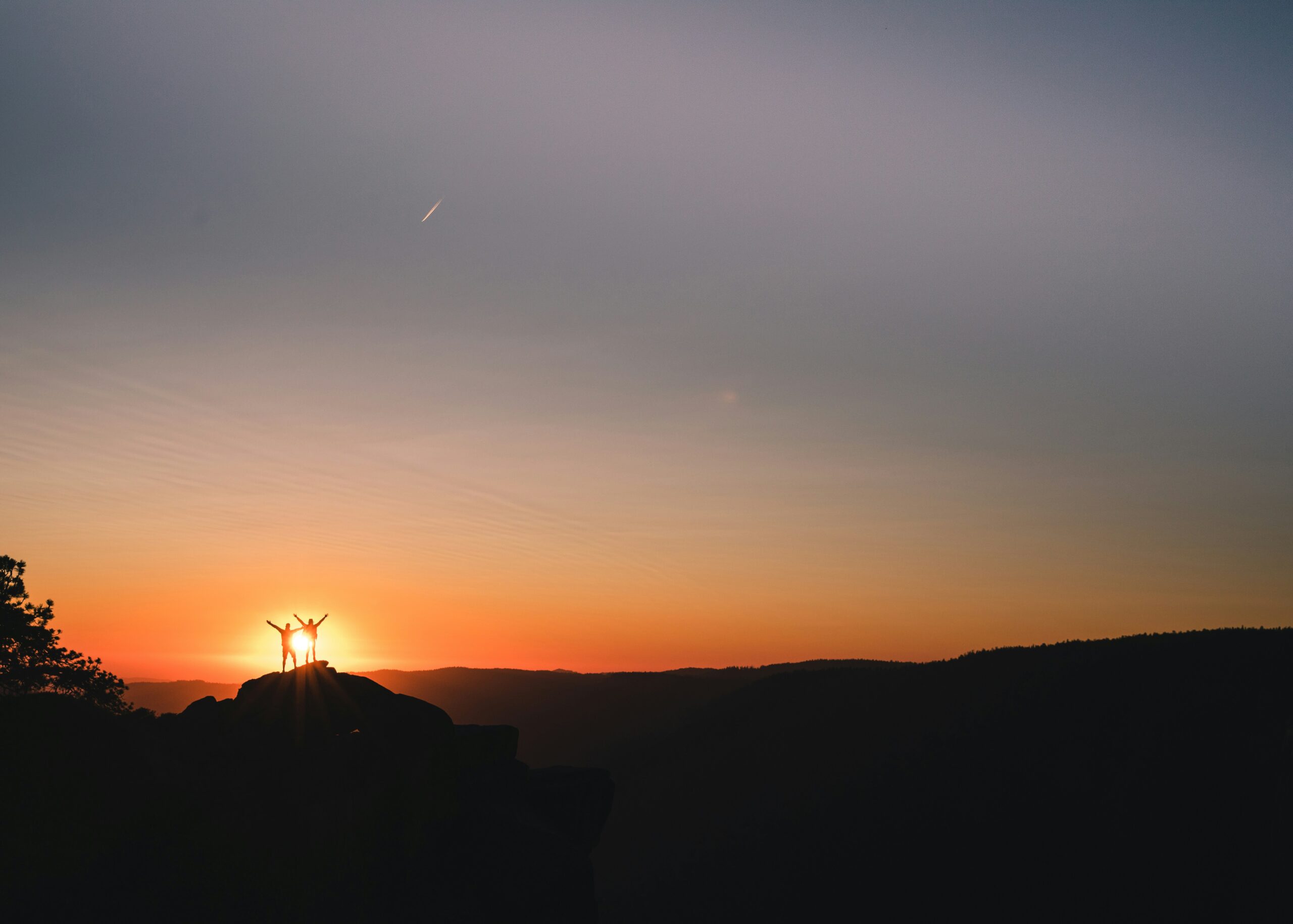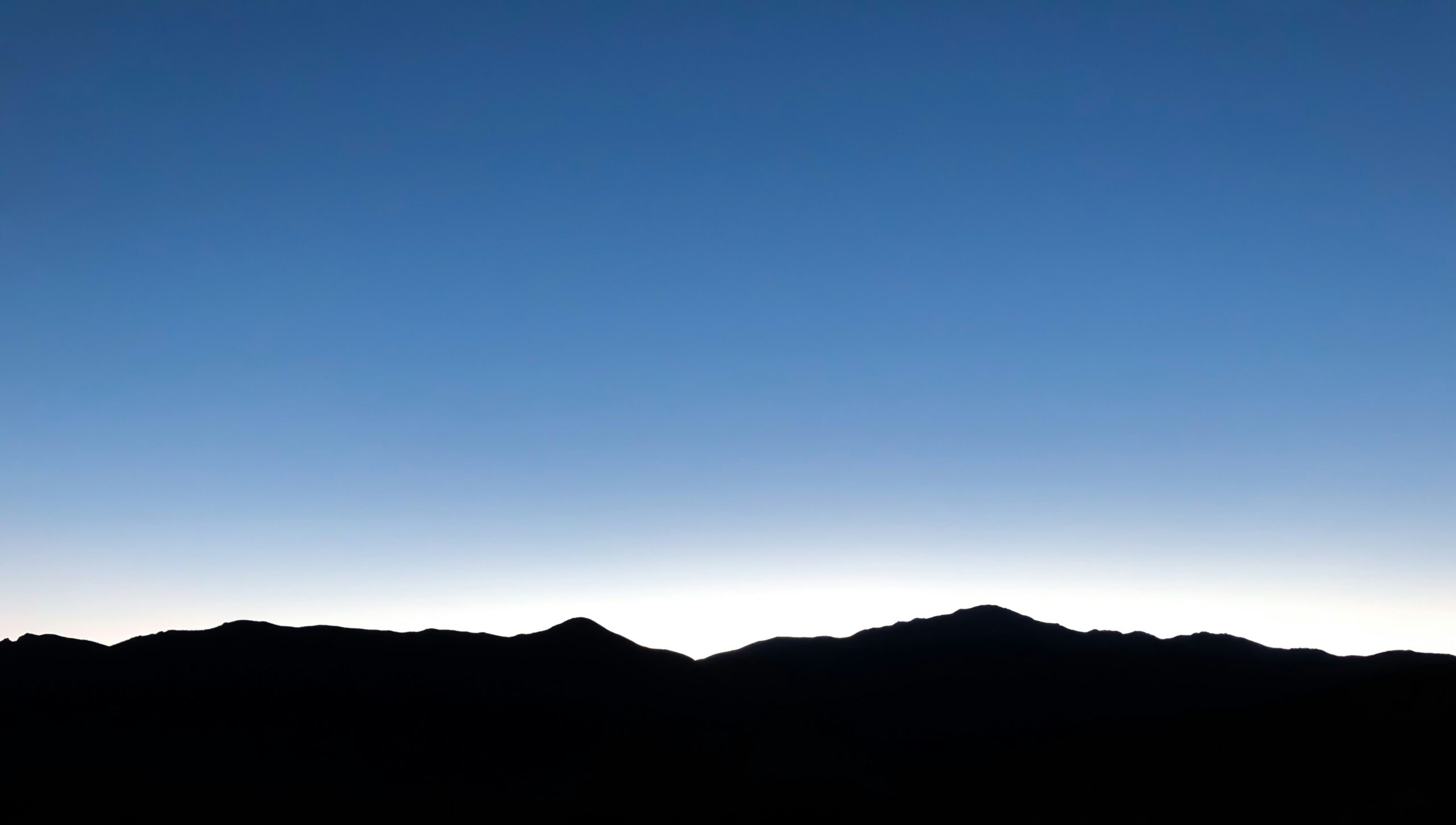As you stand at the foot of Mount Shasta, the sun slowly begins its descent behind the rugged peaks, casting a warm glow that gradually engulfs the entire mountain. A moment of breathtaking beauty unfolds before your eyes as the alpenglow brings the snow-capped summit to life, bathed in vibrant hues of pink, orange, and gold. With each passing minute, the colors intensify, transforming the landscape into a living masterpiece. As you witness this magical display at dusk, you can't help but feel awe-inspired and grateful to be in the midst of such natural wonder.
Understanding the Alpenglow
Definition of Alpenglow
The alpenglow refers to a unique natural phenomenon that occurs when the peaks of mountains are bathed in a soft, reddish or pinkish hue during sunrise or sunset. This ethereal glow is caused by the scattering of sunlight by the Earth's atmosphere, particularly the dust and pollution particles that are present. The word “alpenglow” is derived from the German term “alpenglühen,” which translates to “Alpine glow.”
Science behind the Alpenglow
The alpenglow is a result of the scattering of sunlight by the atmosphere. When the Sun is low on the horizon during sunrise or sunset, the light must pass through a larger portion of Earth's atmosphere before reaching our eyes. This causes the shorter blue and green wavelengths to scatter more, leaving only the longer red and orange wavelengths to reach the mountaintops. As a result, the mountains are bathed in a warm and vibrant glow.
Alpenglow vs. regular sunsets
While both alpenglow and regular sunsets are beautiful natural occurrences, there are distinct differences between the two. Regular sunsets occur when the Sun is at a low angle in the sky, casting a warm and colorful glow across the entire landscape. In contrast, the alpenglow specifically refers to the phenomenon of mountains being illuminated by the last rays of the setting Sun, creating a breathtaking contrast between the vibrant peaks and the darker surroundings.
Intriguing Mount Shasta
Geographical details of Mount Shasta
Mount Shasta, located in Northern California, is a majestic stratovolcano that stands at an impressive height of 14,179 feet (4,322 meters). It is the second tallest peak in the Cascade Range and one of the most prominent landmarks in the region. Its imposing presence and snow-capped summit make it a breathtaking sight to behold.
Historical background of Mount Shasta
Mount Shasta holds deep cultural and spiritual significance for indigenous tribes, particularly the Karuk, Shasta, and Wintu people. For centuries, it has been considered a sacred place and a source of inspiration. European exploration of the area began in the early 19th century, and since then, Mount Shasta has captivated the hearts and minds of adventurers, artists, and nature enthusiasts.
Flora and fauna of Mount Shasta
The diverse ecosystems found on Mount Shasta support a wide range of plant and animal life. From its lower slopes covered in lush forests of pine and fir trees to its alpine meadows and rugged terrain, Mount Shasta boasts a rich biodiversity. Wildlife such as black bears, deer, coyotes, and a variety of bird species can be spotted in the area. Wildflowers also carpet the mountainside during the spring and summer months, adding a burst of color to the landscape.

Best times for Witnessing the Alpenglow
Ideal seasons to visit
The best time to witness the alpenglow on Mount Shasta is during the spring and fall seasons. In spring, the melting snow creates rushing waterfalls and vibrant wildflowers, while in the fall, the changing colors of the foliage add a magical touch to the landscape.
Time of day to catch the Alpenglow
To catch the alpenglow on Mount Shasta, it is recommended to be at the right location about 30 minutes before sunset. This allows you to witness the gradual transformation of the mountains as the sun casts its warm hues upon them. It is during this time that the alpenglow is at its most awe-inspiring, creating a truly memorable experience.
Location and Access Points to Mount Shasta
Driving directions
Mount Shasta is easily accessible by car, and several major highways provide convenient routes to the area. From Interstate 5, take exit 738 for Mount Shasta City and follow the signs to reach your destination.
Accessible routes
There are several accessible routes to explore on Mount Shasta, each offering its own unique views and experiences. The most popular route is the Clear Creek Route, which starts from the Bunny Flat Trailhead and takes you through picturesque meadows and beautiful alpine scenery.
Parking and trailheads
Ample parking is available at various trailheads on Mount Shasta. The Bunny Flat Trailhead, located at an elevation of 6,950 feet (2,118 meters), serves as the starting point for many hiking trails and provides easy access to the alpenglow viewing spots.

Hiking Trails to view the Alpenglow
Brief on various hiking trails
Mount Shasta offers a plethora of hiking trails that cater to hikers of all skill levels. For beginners, the Gray Butte Trail is a great option, offering stunning views of the alpenglow without requiring advanced hiking skills. More experienced hikers may choose the Avalanche Gulch Route, known for its challenging terrain and breathtaking vistas.
Difficulty levels of various trails
The difficulty levels of the hiking trails on Mount Shasta vary from easy to strenuous. Trails like the Bunny Flat Trail and the Gray Butte Trail are considered relatively easy, while routes such as the Hotlum-Bolam Ridge and Whitney Glacier are more challenging and require technical skills.
Which trails are best for viewing the Alpenglow
For the best vantage points to witness the alpenglow on Mount Shasta, the Avalanche Gulch Route and the Sargents Ridge Route are highly recommended. These trails offer panoramic views of the surrounding landscape and provide a front-row seat to the awe-inspiring alpenglow spectacle.
Photographing the Alpenglow
Camera gear suggestions
To capture the beauty of the alpenglow on Mount Shasta, it is recommended to have a good quality DSLR camera or a mirrorless camera. A wide-angle lens is ideal for capturing the expansive mountain vista, while a telephoto lens can help you zoom in on specific details. Additionally, a sturdy tripod and a polarizing filter can enhance the quality of your photographs.
Photography tips for capturing the Alpenglow
When photographing the alpenglow, it is essential to pay attention to the lighting conditions. The soft, warm light of the alpenglow can create stunning silhouettes and contrasts. Experiment with different angles and compositions, and make sure to adjust your camera settings accordingly. Don't forget to take in the beauty with your own eyes and immerse yourself in the moment before capturing it through the lens.

Local Climate and Required Attire
Typical weather conditions at Mount Shasta
Mount Shasta's weather can be highly variable, so it is crucial to be prepared for changing conditions. Summers tend to be mild with occasional thunderstorms, while winters are cold and snowy. Spring and fall offer moderate temperatures, but it is still advisable to bring layers as temperatures can fluctuate throughout the day.
Suggested clothing and accessories
When visiting Mount Shasta, it is recommended to dress in layers. Start with a base layer of moisture-wicking clothing, followed by an insulating layer such as a fleece or down jacket. A waterproof and windproof outer layer is essential to protect against the elements. Don't forget to wear sturdy hiking boots, comfortable socks, and a hat to shield yourself from the sun.
Safety Precautions when Visiting Mount Shasta
General safety tips
When visiting Mount Shasta, it is important to prioritize safety. Always check the weather forecast before embarking on any outdoor activities and be prepared for sudden changes in weather conditions. Carry essential supplies such as food, water, a map, and a compass. It is also advisable to hike with a buddy and let someone know your plans before venturing into the wilderness.
What to do in case of emergencies
In case of emergencies on Mount Shasta, contact the local authorities or dial emergency services. It is recommended to have a means of communication such as a fully charged cell phone or a two-way radio. If possible, provide accurate information about your location and nature of the emergency. It is crucial to stay calm and follow the instructions provided by trained professionals.
Local Accommodations
Information about nearby hotels
There are several hotels and lodges in the vicinity of Mount Shasta that offer comfortable accommodations for visitors. From quaint bed and breakfast establishments to larger hotel chains, there are options to suit every budget and preference. Some of the hotels even offer stunning views of Mount Shasta, allowing you to wake up to the majestic sight right from your room.
Camping information and campsite locations
For those who prefer a more immersive outdoor experience, camping is a popular option near Mount Shasta. There are numerous campgrounds in the area, both public and private, that provide facilities such as picnic tables, fire rings, and restrooms. Some notable campgrounds include Panther Meadows Campground, McBride Springs Campground, and Mount Shasta Ranger District campsites.
Other Attractions near Mount Shasta
Details of other sights and activities
Apart from the alpenglow and the beauty of Mount Shasta itself, there are several other attractions and activities to explore in the surrounding area. Castle Lake, located nearby, offers stunning views and opportunities for swimming, fishing, and hiking. The Shasta-Trinity National Forest provides ample opportunities for outdoor adventures such as mountain biking, horseback riding, and wildlife watching.
Best restaurants and eateries in the vicinity
After a day of experiencing the alpenglow and exploring Mount Shasta, indulge in the local culinary delights at the various eateries and restaurants in the vicinity. From cozy cafes serving homemade pastries to restaurants offering farm-to-table cuisine, there are options to satisfy every palate. Some recommended establishments include the Mount Shasta Pastry, Lily's Restaurant, and the Black Bear Diner.
Witness the alpenglow on Mount Shasta at dusk and immerse yourself in the awe-inspiring beauty of nature. Whether you're hiking through the trails, capturing photographs, or simply enjoying the view, the alpenglow is a magical phenomenon that will leave you with lasting memories. Plan your visit, prepare accordingly, and get ready for an experience that will take your breath away.
